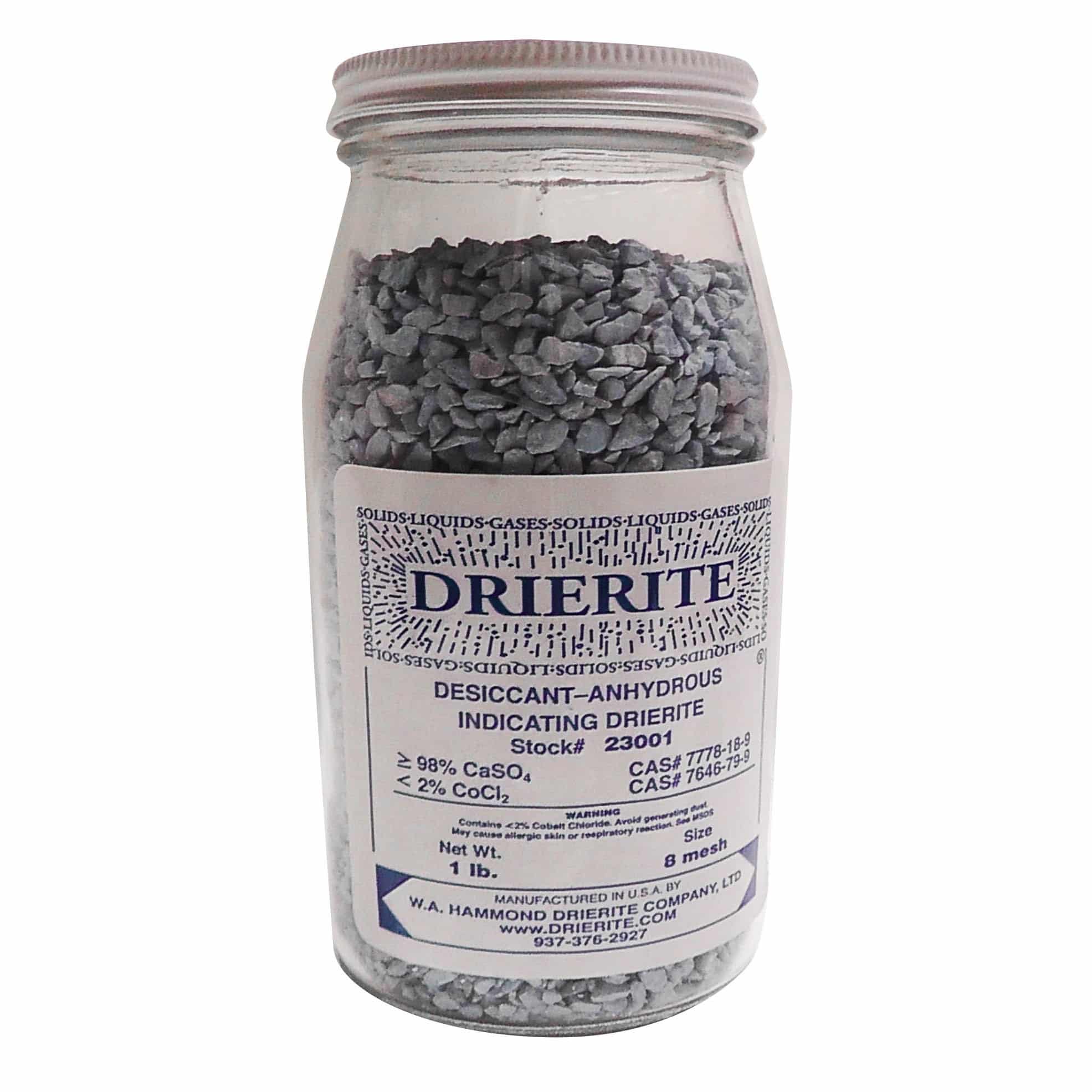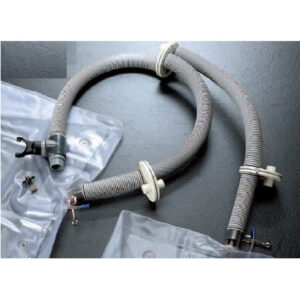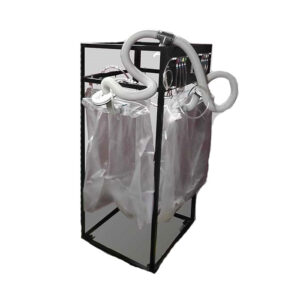Drierite Indicating Desiccant
After normal use, any of the forms of DRIERITE Indicating Desiccant may be regenerated for reuse. The operation is simple and involves only standard equipment. The used and exhausted desiccant should be ventilated to remove vapours, if any, and stored in a convenient container until a sufficient amount is accumulated to justify the work of regeneration.
For the regeneration of Indicating DRIERITE, the granules may be spread in layers one granule deep and heated for 1 hour at 210° C or 425° F. The regenerated material should be placed in the original glass or metal container and sealed while hot. The colour of the DRIERITE Indicating Desiccant may become less distinct on successive regenerations due to the migration of the indicator into the interior of the granule and sublimation of the indicator.
The Importance of Temperature
The temperature at which DRIERITE desiccants are regenerated is crucial in restoring DRIERITE to its original condition. Absorbed moisture is water of hydration and is chemically bound to the calcium sulfate of DRIERITE. Temperatures in the range of 400° – 450° F is required to break these bonds and release absorbed moisture. Lower temperatures will not regenerate DRIERITE unless applied under vacuum (26″ Hg, 325° F or 28″ Hg, 275° F). Care should be taken not to overheat DRIERITE Desiccants. High temperatures can alter the crystal structure and render the desiccants permanently inactive.
Used for gas analysis with Douglas Bags and Gas Meter.
Please note: It should be noted that Indicating DRIERITE should not be used for the drying of ammonia, NH3, since ammonia reacts with inorganic chlorides.






Reviews
There are no reviews yet.